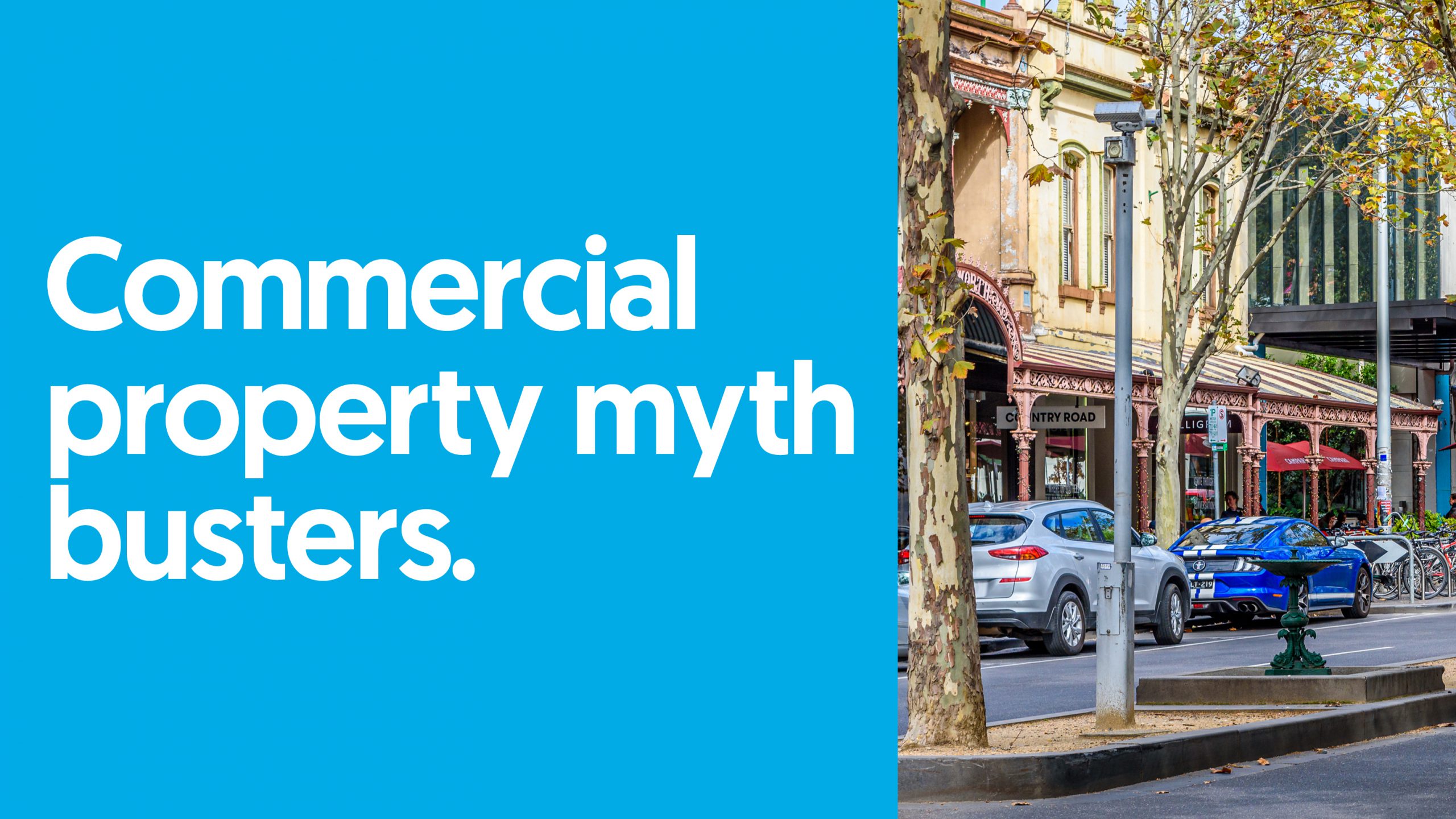
The latest data is busting the myths that COVID-19 had destroyed the commercial property market according to the Chief Economist at Ray White, Nerida Conisbee.
Nerida says fears that commercial vacancy rates would skyrocket and lease incomes nosedive had been well and truly busted with even retail and commercial office space performing better than expected, while industrial had been the most active asset class.
Some $8.65 billion in retail assets changed hands last year in the sub-$50 million market – almost double last year’s figure. Demand had been driven by yields ranging from 4% to 7%, depending on the quality of the property and tenant.
Small shopping centres anchored by supermarkets were a major beneficiary of this enthusiasm for retail space.
Retailers have been adapting, providing concept stores and in-store experiences while transacting online while others were approaching less traditional tenants such as medical users and larger properties had been “ripe for redevelopment” into childcare and fitness centres.
The prediction is that profitable days lay ahead for investors in office space once Australia comes through the current “short-term blip” in which vacancies are impacting on incomes.
“A short- to medium-term shift in fundamentals for the office market hasn’t dampened investment demand,” she says.
While investor enthusiasm has highlighted the longer-term confidence in office assets, the increase in new business starts borne from COVID-19 has been the driving force behind the rise in demand for industrial space.
A total of $16.23 billion in transactions was recorded in the sub-$50 million market for industrial property last year – up more than 123% compared with 2020. The average sale price was $1.83 million.
“Seasoned and new investors, together with owner-occupiers, have jumped into the industrial market to diversify their portfolio during this time of low interest rates,” she says.
At the big end of town, where office space dominates, deals of more than $1 billion by offshore groups and listed funds were often supported by yields of less than 4.5%. This illustrated the segment’s long-term robustness.
And while there is no doubt COVID-19 changes the way in which we interact with office space, new models are emerging such as more suburban offerings and shared office space.
A total of $8.55 billion (sub-$50 million) in office sales were transacted last year – more than double the 2020 volume. Deals by owner-occupiers were a strong feature in this result.
